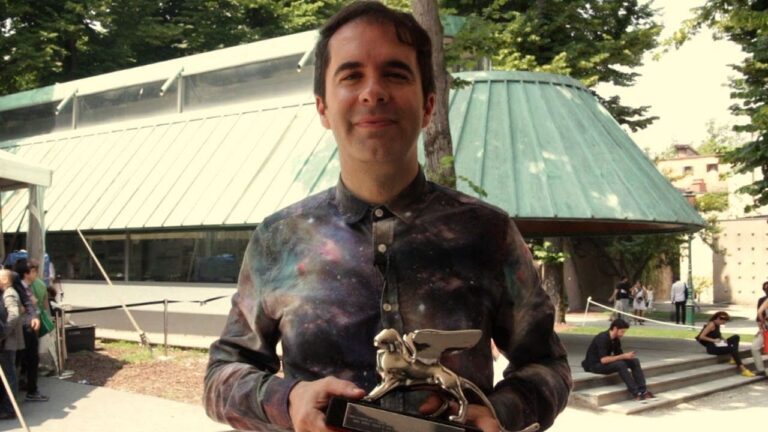
learn more in the following link: http://bit.ly/1pXbxvs
or visit http://www.archdaily.com/
By the late 1960s, two dynamics were shaping a new urban reality in Italy: on the one hand, TV was heavily influencing Italian society, becoming an intrinsic part of daily life; on the other, the social tension resulting from student protests and accelerated immigration had begun to impact cities in a chaotic way. These dynamics paved the way for Milano Due, a new town on the outskirts of Milan, which promised a new, idyllic type of urbanism.
The complex, although traditional in appearance with its red pitched roofs, put into practice modern concepts: its 2,600 apartments, which had access to amenities for education and entertainment, were arranged around a giant artificial garden/lake and were connected via an elevated circulation system. Below ground, the complex housed the studios of the first private TV channel in Italy, a fact that would shape the lives of the inhabitants of Milano Due and eventually all of Italian society.
source